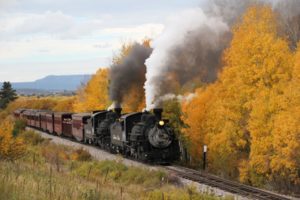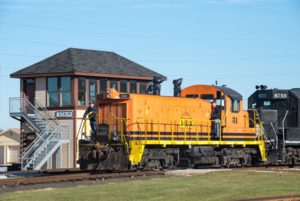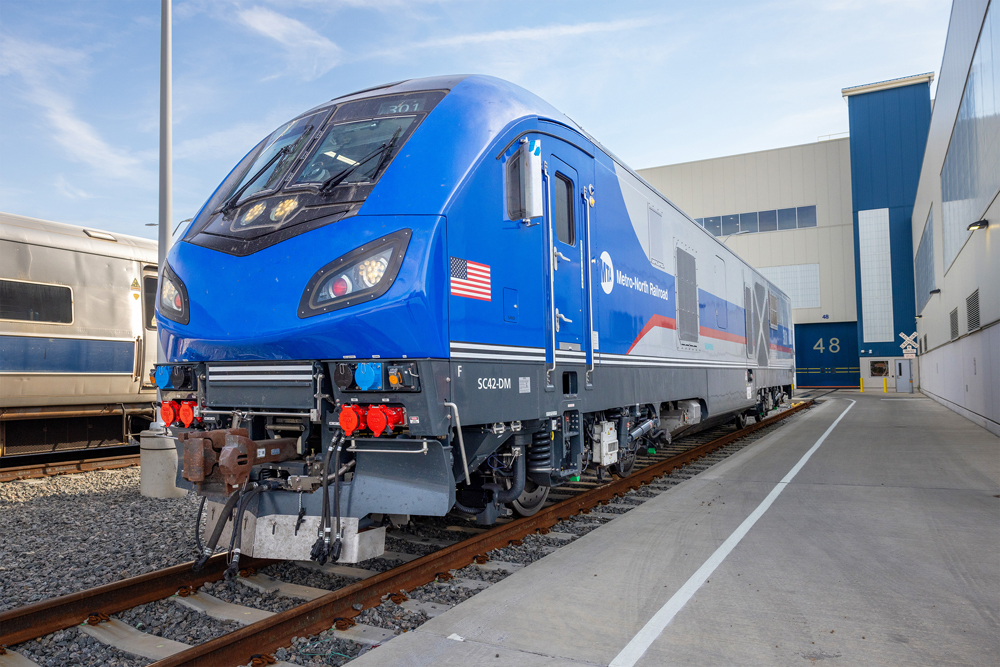By: Jim Wrinn
North American railway preservation hit its most difficult foe — more potent than time, rust, and neglect — in the deadly COVID-19 pandemic that closed tourist railroads and museums across the continent. Nobody could have seen such a major impact coming. No place was prepared. And no venue was spared.

For-profit and non-profit railway preservation efforts may have been set back five to 10 years as venues shut their gates, restoration projects lagged, and staffs were laid off. Some railroads and museums, deprived of income from visitors, will find it immensely difficult to reopen without infusions of donations or government bailouts. The devastation will result in permanent closure of some railroads, disposal of rolling stock, and experienced staffs and volunteers finding work outside the industry.
Without major money-makers like Polar Express and Thomas the Tank Engine events in 2020, many railroads and museums will start 2021 behind on utilities and bank notes and struggling for survival. At some railroads, special-event revenue is more than 50% of operating budgets. With 62 locations in 2019, 44 handled by licensees, the Polar Express program is the biggest U.S. licensee of rail-based performance attractions. Many tourist railroads are highly dependent on revenues generated by the Polar Express, which drew 1.4 million customers in 2015.
The major preservation event of the year, the much anticipated and mostly sold-out Victorian Iron Horse Roundup celebrating the 50th anniversary of the Cumbres & Toltec Scenic Railroad, was postponed from August 2020 to August 2021. Special event revenue, a critical lifeblood for railway preservation, was in short supply due to the virus.

The Heritage Railway Association hurriedly prepared guidelines for its member organizations, but for the most part, in the absence of a federal policy on the virus, tourist railroads and museums had to follow the direction of state and local health officials. That led to venues that were open and closed within days or weeks. The C&TS operated much of the year in Colorado, but only late in the season did trains return to New Mexico, which had imposed strict lockdown restrictions.
The railroads and museums that operated run in 2020 found themselves working to earn the trust of a public reluctant to travel for pleasure. They reduced train capacity, added cars for social distancing (Strasburg and Great Smoky Mountains ran extra-long trains), and shifted staff to become car cleaners between trips. Sealed-window cars were out. Open-air cars were in.
Some railroads took advantage of the pandemic to get projects done without the interruption of operations. Illinois’s Monticello Railway Museum, while closed to the public, moved up the 1,472-day inspection on Southern Railway 2-8-0 No. 401 from the end of 2020 to the spring and acquired two historic diesels. Wisconsin Great Northern tackled a track relocation project to keep staff busy and accomplish a long-standing goal. Western Maryland Scenic Railroad, funded with donations from Trains readers and the John Emery Rail Heritage Trust, reactivated and made major progress on its restoration of the last Baldwin steam locomotive built, 1949 2-6-6-2 No. 1309.
Operations with endowments, vigorous and generous trustees, creative staffs, and major financial supporters (including public assistance) were most likely to come out of the pandemic OK. But many will not be so fortunate. The final evaluation of the pandemic’s impact on railway preservation will be seen in the first and second quarters of 2021, when railroads and museums meet with their accountants, trustees, public agency officials, and other stakeholders. This major health event will forever change railway preservation. 2020 will be remembered as the year a microscopic virus was strong enough to stop in their tracks giant locomotives, huge trains, and entire railroads and museums with crippling and potentially fatal impacts.













